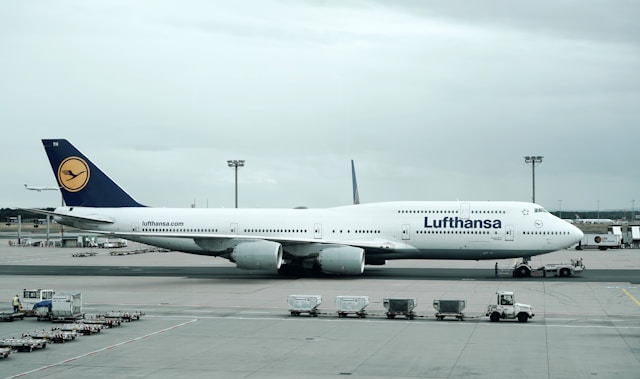Choosing the right tires for your aircraft is a crucial choice influencing the performance and safety of your aircraft. Your decision will affect handling, fuel economy, and overall flying experience. Essential for a seamless takeoff and landing, tires are the only point of contact between your aircraft and the runway. Considering the unique features of every kind of aircraft tire available will help you to choose the finest one for your requirements. These three different types of airplane tires could make all the difference in your flying experience.
1. Radial Tires: Enhanced Durability and Performance
The most often utilized type of aviation tire nowadays is radial tire. Their crisscross pattern of steel belts running perpendicular to the tire’s direction of travel adds strength and stability. This design improves the tire’s overall durability so it can handle more weight and resist the stresses of high-speed landings and takeoff. Radial tires’ structural integrity guarantees their performance in many weather conditions, therefore improving traction and control at several phases of flight.
Superior heat dissipation of radial tires is one of its main benefits. Heat builds in the tires from contact with the runway when aircraft speeds rise during takeoff and landing. In comparison to bias-ply tires, radial tires are better suited to withstand this heat, resulting in longer lifespans and improved performance over time. Because radial tires give continuous performance and dependability, many airlines and private aircraft owners choose them. Michelin aircraft tires, for example, are well-known for their radial tire designs, which improve safety and durability. Where performance is critical in both commercial and private flights, these tires are a top choice.
2. Bias-Ply Tires: Cost-Effective and Reliable for Smaller Aircraft
Although radial tires are extensively employed in commercial aviation, general aviation, and smaller aircraft still find great value in bias-ply tires. Layers of fabric plies laid at a small angle produce a cross-hatched design on these tires. Particularly helpful for aircraft running in lesser weight classes and at slower speeds, this design provides the tire with a more flexible and forgiving composition.
The cost-effectiveness of bias-ply tires is one of their key advantages. Small aircraft owners who have to keep minimal running expenses find them appealing since they are often less expensive than radial tires. Though less expensive, bias-ply tires are dependable and may meet the typical demands of general aviation. For many aircraft that fly shorter distances and at lesser speeds, they are more than enough even if they do not provide the same degree of heat resistance or performance under extreme conditions as radial tires. For private pilots flying on less smooth runways or rougher terrain, bias-ply tires also usually offer greater flexibility in terms of ride comfort.
3. Solid Tires: Ideal for Special Aircraft Operations
As their name implies, solid tires are built without the air-filled hollow common of other kinds of tires. Made from either solid rubber or another durable and puncture-resistant material, these tires are robust. They are frequently utilized for aircraft that need specialized ground handling equipment or operate in challenging conditions. Puncture resistance of solid tires is among their most important benefits. They are perfect for aircraft operating in demanding conditions, such as rocky or unprepared airstrips, since they do not depend on air for support, and so there is no chance of blowouts.
These tires are frequently found on smaller aircraft, such as military, commercial, or agricultural aircraft, that must frequently take off and land on less-than-ideal surfaces. They can also be found on some ground handling equipment, such as aircraft tugs, where their longevity and durability are crucial advantages. Low maintenance needs of solid tires are another advantage they provide. Solid tires are essentially maintenance-free, unlike conventional air-filled tires, which must be routinely inspected for pressure, cracks, and wear. They are especially useful in operations where reducing downtime is critical.
Conclusion
Selecting the appropriate tire for your aircraft affects not only cost but also directly the dependability, safety, and efficiency of your flights. Depending on your running requirements, each type—advanced performance of radial tires, affordability and dependability of bias-ply tires, or durability of solid tires—offers unique benefits. The value of tires in airplane operations cannot be emphasized since they guarantee that your plane handles properly during takeoff and landing and can even extend the lifetime of your aircraft by lowering wear and tear on other components.


